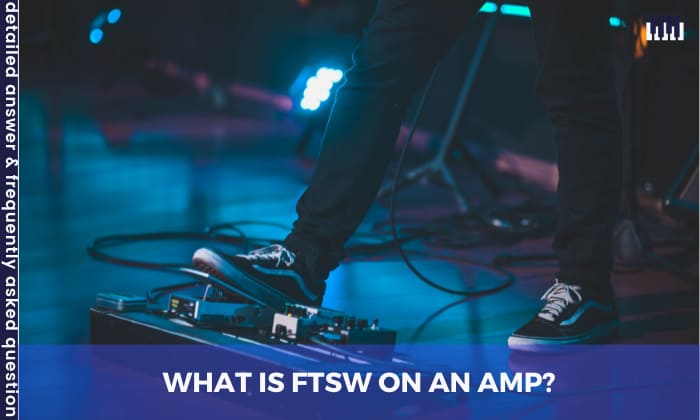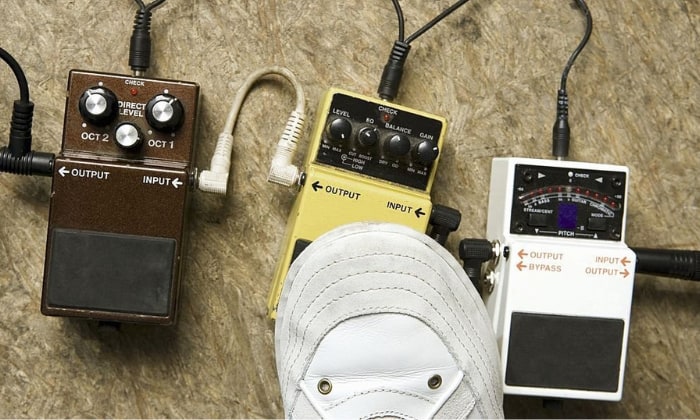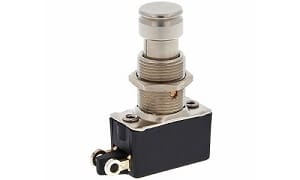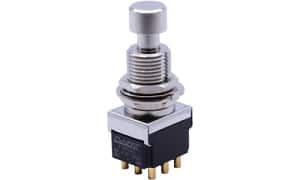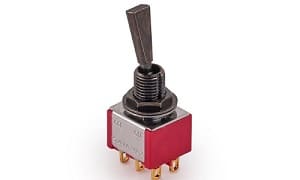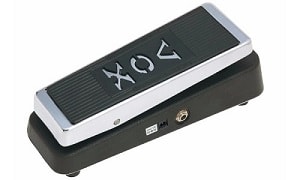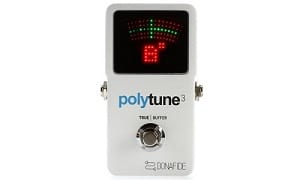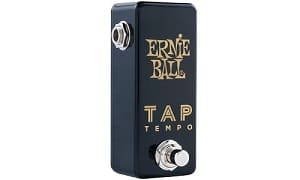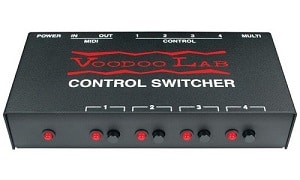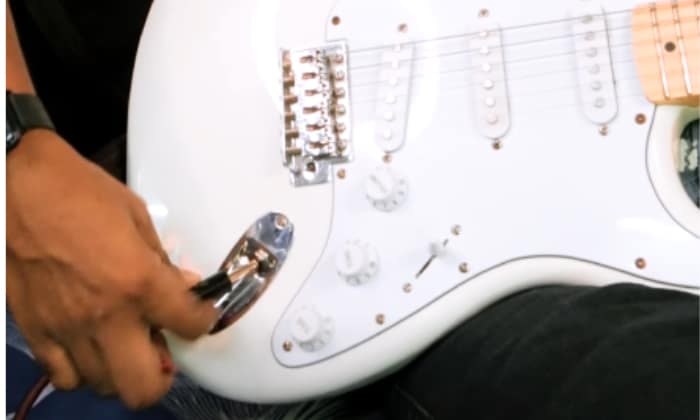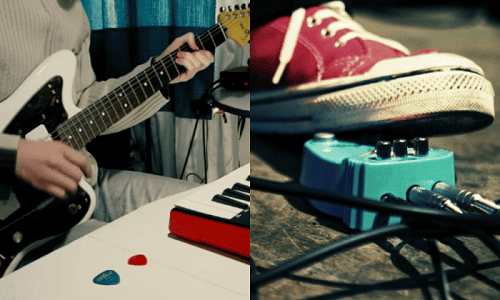One, if not the most important thing for a musician, beginner or professional, is stage presence. However, it becomes challenging to maintain stage presence when you’re preoccupied with handling your equipment, adjusting effects, and switching functions.
If you’re looking for the easiest way to solve this, why not try FTSW? It’s a tool that helps musicians perform their best without the hassle of adjusting their equipment during the show.
So, what is FTSW on an amp? Let’s uncover more about the importance of FTSW and explore how it has transformed the game for many musicians.
Table of Contents
Understanding the FTSW
1. Definition of FTSW and its Purpose
FTSW, meaning footswitch, is a pedal that musicians use to operate their amplifier without a hassle hand-freely. It is a device used to change a sound, choose a channel, or turn and off specific effects like delay, reverb, and tremolo by using your foot. You can connect the amp control pedal using a cable or wireless.
There are three types of footswitch, momentary, latched, and toggle.
1. Latched Footswitch
A latched footswitch is an FTSW guitar amp that is used for changing between different channels on a guitar amp, turning signal processors on or off, and controlling similar electronic device functions. One top-notch function is that it stays in the same position (on or off) after you take your foot off.
2. Momentary Footswitch
Unlike Latched footswitch, a momentary footswitch requires you to continuously step on it to stay on, which is why this is only advisable for short-term sound effects. It returns to its original state when you release your foot.
3. Toggle Footswitch
A toggle footswitch is almost similar to a latched footswitch with an added function. This type of footswitch is the best option to switch between clean and distorted channels on a guitar amp.
2. Common footswitch pedals
There are various types of footswitch pedals with different functions. Remember that you cannot use a footswitch just with any amps. It’s best to check on the specifications of your amp before purchasing a footswitch.
Here are some of the common types of footswitch pedals.
1. Wah-wah Pedal
A wah-wah pedal, or what most people call a wah pedal, is a separate effect pedal often seen in the signal chain, in the middle of the guitar, and in the amplifier. Its name gives you an idea of what it does; it simply sounds like “WAH.”
2. Tuner
Foot guitar tuners are like any other, except they’re on the ground, and you can operate them with your foot. Some footswitches have a built-in tuner function that mutes the amp’s output so you can tune your guitar silently. Ultimately, its goal is to help you get the perfect pitch.
3. Compressor
A compressor pedal offers dynamics to the sound produced by the instrument. It alters the sounds by giving a unique flavor to it. Its purpose is to provide an additional flavor that helps it sound more professional, such as making a soft softer or louder.
4. Tap Tempo
If you need an accurate way to set up your tempo, this pedal will surely give you the solution. Tap tempo pedal is an external momentary switch that is connected to your expression output of the delay and modulation pedal.
5. Channel Switching
A pedal switcher lets you switch between different channels on the amplifier. It is the holy grail of controlling the signal flow of multiple channels. Aside from that, it also offers clarity to your tone.
How Does the FTSW Port Work?
A footswitch (FTSW) port is a connection point used on various electronic devices, such as guitars. Its purpose is mainly to allow external footswitches to control the device’s functions without having to go and directly operate it with their hands.
When an FTSW jack is connected, the footswitch is activated and employs either a latching or momentary mechanism, generating electric signals that are transmitted to the device.
How the FTSW port works depends on the device, it’s connected. It’s best to read the manual to understand how it functions and how to connect the footswitches to experience its full potential.
Benefits of using the FTSW
One of the most evident advantages of using a FTSW is the freedom it provides to musicians. Since musicians use their hands to play the instrument, a footswitch eliminates the need for manual adjustments, streamlining their control over the amp’s functions.
With hands-free operations, you will have the opportunity to do a lot of things while still playing your instruments. Depending on the amp, an FTSW can often control features like a tuner and many more functions that could guarantee versatility in sound.
Also, with real-time control over the amp control pedal, you can ensure the creation of a dynamic soundscape during your performance.
Conclusion
Guitarists have always had one dilemma when playing their instrument: a need for more control and greater command. And the footswitch delivers exactly that. The question “What is FTSW on an amp?” finds its answer in this innovative tool that has the potential to reshape how musicians manage their performances.
By facilitating seamless transitions and enhancements, the footswitch is a game-changer for stage presence. It liberates guitarists and other musicians from the constraints of manual adjustments, enabling them to captivate their audience through their musical expression.

Sam Stephenson is a writer who grew up in Washington, North Carolina. He was 2010 and 2015 ASCAP Deems Taylor / Virgil Thomson Prize winner and a 2019-2020 Guggenheim Fellow in General Nonfiction. His books have been published by W.W. Norton, Alfred A. Knopf, and Farrar, Straus and Giroux
